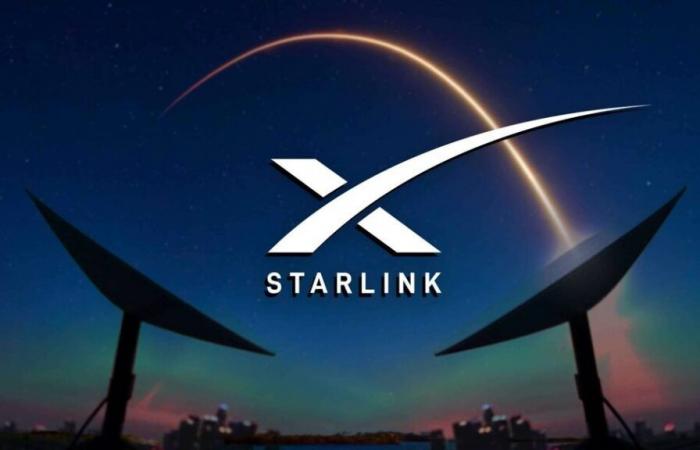The National Telecommunications Regulatory Authority (ANRT) is about to open a new page in the Moroccan telecommunications sector. With the imminent award of operating licenses to Starlink, the subsidiary of Elon Musk’s SpaceX, and to OneWeb, from 2025, the Kingdom is positioning itself at the spearhead of satellite Internet solutions, demonstrating remarkable dynamism in terms of technological modernization.
One of the main objectives of this initiative is to increase high-speed Internet coverage in landlocked areas. Indeed, while terrestrial networks, such as optical fiber and 4G/5G, are widely available in urban centers, their deployment in rural areas remains difficult and expensive. Thanks to low-orbit satellites deployed by Starlink and OneWeb, Morocco plans to overcome these limitations by making high-speed connection accessible in the most isolated regions, such as the Atlas Mountains and the vast desert expanses of the South. .
Starlink stands out for its ability to provide a stable and fast connection, with download speeds of 100 to 500 megabits per second (Mbps) and extremely low latency, hovering between 20 and 40 milliseconds. This performance is particularly suitable for applications requiring impeccable connection quality, such as video conferencing or online gaming. By providing this level of service to Moroccan users, the Kingdom is equipping itself with an infrastructure capable of meeting the modern demands of digital consumption.
By adopting these cutting-edge technologies, Morocco is strengthening its positioning as a digital hub in the region. Access to high-speed Internet, even in remote regions, promotes digital inclusion and opens the way to new economic opportunities. Small businesses, farmers and artisans, often far from large cities, will directly benefit from this improved connectivity. Furthermore, satellite Internet will allow young talents to train and undertake online activities, without having to migrate to cities to benefit from quality infrastructure.
The challenges and issues of satellite Internet
However, this technology is not without its challenges. One of the main obstacles remains the high cost of the equipment necessary to receive the satellite signal, as well as monthly subscriptions, which risk making this service inaccessible for certain categories of the population. It is therefore up to the authorities to put in place support policies, such as subsidies or aid for the most disadvantaged areas, in order to democratize access to this new form of connectivity.
The massive installation of low-orbit satellites is not without causing concern at the global level. Indeed, congestion in low orbits could lead to interference with other satellites and, consequently, an increased risk of collisions. Furthermore, astronomy, a scientific discipline based on the observation of stars, could be disrupted by reflections and interference caused by these satellite constellations. The international scientific community is therefore calling for strict regulation to mitigate these impacts.
The development of satellite Internet is part of a broader framework of diversification of Morocco’s telecommunications infrastructure. This project represents a significant milestone in the country’s ambition to create a complete technological ecosystem, integrating not only traditional communications, but also emerging connectivity solutions. With the support of the ANRT, Morocco continues to innovate and attract foreign investment in the field of telecommunications, making the sector a major pillar of its economic development strategy.






